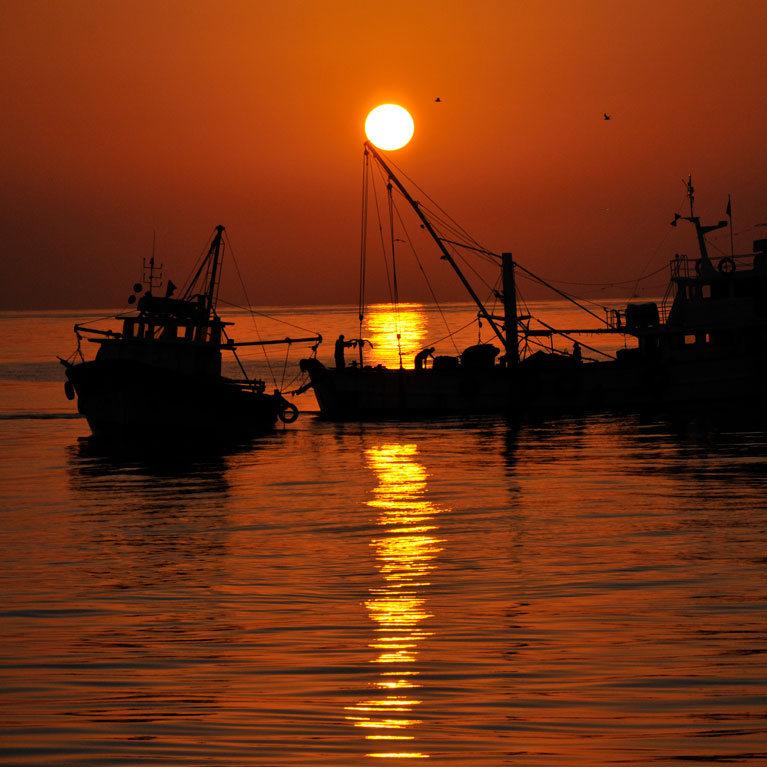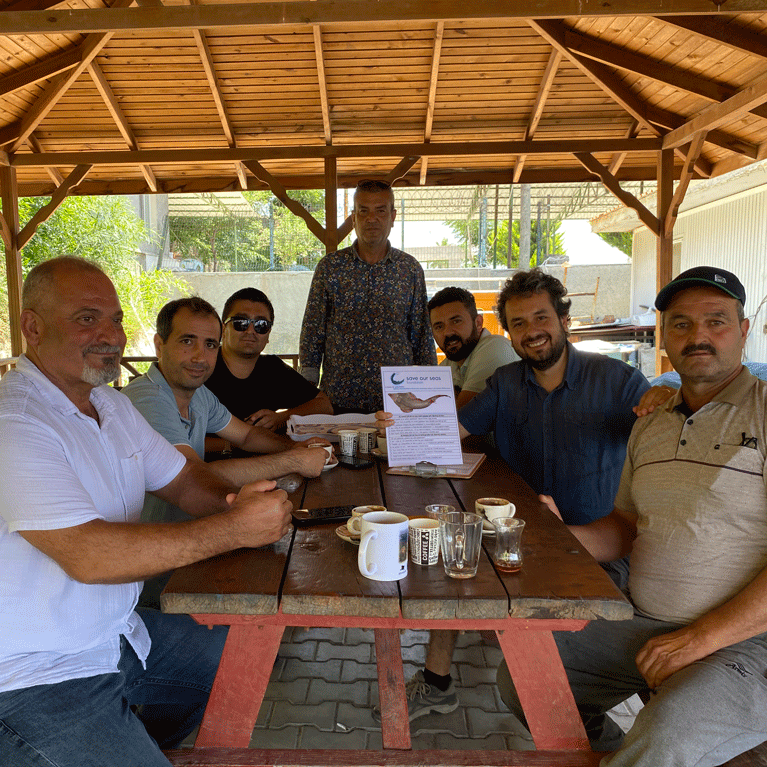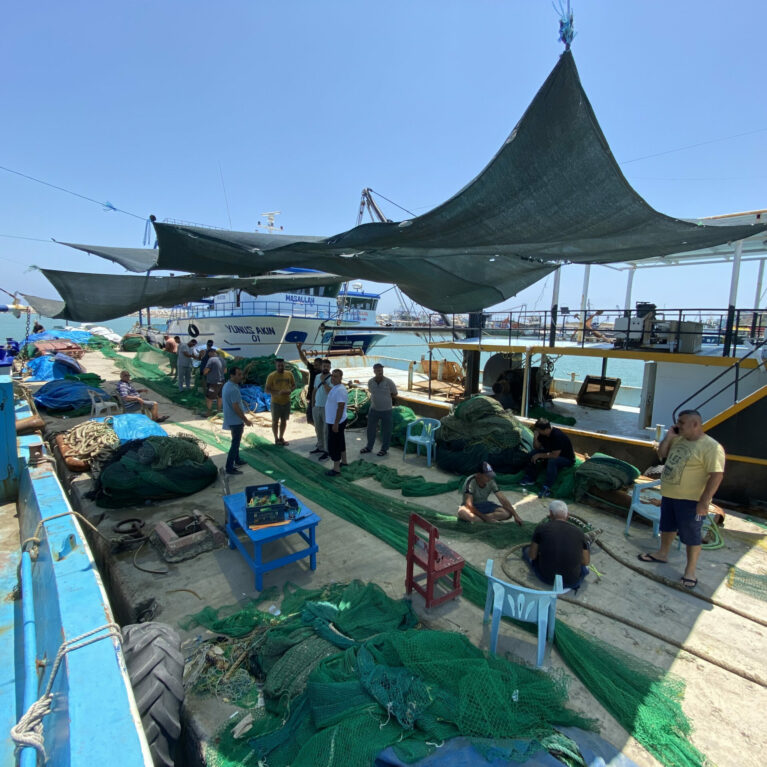Trawling for solutions for effective guitarfish conservation
With nets that scrape the sea floor, demersal trawling can have a hugely detrimental impact on threatened guitarfish populations. Ismet is on a mission to discover hotspots in the eastern Mediterranean where guitarfish can be protected from trawling: areas that can be closed or where seasonal closures can protect these rays during their most vulnerable stages. He wants to combine survey data with fishers’ knowledge to generate innovative conservation solutions and generate public awareness.
I am a marine ecologist and citizen of the seas. I was born in Antalya on the Mediterranean coast of Turkey and as a child I thought I must be the luckiest person in the world because living at the seaside is a kind of gift. Diving and watching the behaviour of sea creatures are the most exciting things in the world for me, and to satisfy this curiosity I became a good free-diver and scuba diver. I watched documentaries on television about great white sharks and admired the marine scientists I saw working in front of the...



A future for guitarfishes: Defining industrial fisheries threats and conservation actions in the Eastern Mediterranean
Our primary objective is to describe spatial and temporal hotspots to protect guitarfish from trawling and recommend conservation actions for policymakers.
Demersal trawling is responsible for the significant removal of guitarfish by discarding them when caught, particularly neonates and juveniles, which are much more susceptible to the impact of trawling than older fish. In addition, large guitarfish are accidentally caught in trawl nets and are illegally sold or consumed. It is clear that current conservation and management measures are not sufficient without proper scientific information, as well as the participation and education of stakeholders, including fishers, scientists, policy-makers and local communities.
In the research area, there is significant concern about overfishing and the high discard rate (44% of weight) in the trawl fishery, which impact directly and indirectly the ecosystem as a whole and the diversity of species it contains. Elasmobranch species, including guitarfish, are an important element of trawl discard and the discard rate for them varies from one fishing ground to another. Although the landing of guitarfish has been banned in Turkish waters since April, trawling is still an important cause of mortality for the species because of its indiscriminate nature. Our current studies, which include interviews with trawl fishers, and our experience in trawling suggest that juvenile guitarfish are seriously threatened by industrial trawl fishing as they make up a significant part of the discarded catch and have a low survival rate if they are released. The primary aims of this study are therefore to ascertain the level of threat trawling poses to juvenile guitarfish by using citizen science and fisheries-dependent sea surveys (joining commercial fishing operations so as not to add fishing pressure) and to give conservation recommendations, such as area restrictions, coastal exclusion zones and temporal closures, that can complement and improve existing conservation measures. Moreover, large guitarfish caught in the trawl fishery are cleaned and sliced up and illegally consumed or sold to restaurants. Illegal guitarfish landings can only be prevented if stakeholders, especially fishers, can be convinced of the need for conservation measures. Our secondary aim is thus to involve stakeholders in conservation processes by raising awareness for the conservation of guitarfish and, in particular, by ensuring the survival of guitarfish and encouraging fishers to release all individuals back into the sea as fast and safely as possible.
- To define the impact of trawling on juvenile guitarfish and their nursery areas.
- To explore the extent of discarding guitarfish after capture and understand fishers’ attitude to releasing inadvertently caught individuals.
- To generate conservation solutions based on the combination of survey data and fishers’ knowledge.
- To raise awareness among fishers about the conservation status of guitarfish and encourage them to release the fish when caught.
- To create awareness among the public about the conservation of guitarfish.
- To create opportunities for students to learn about the concept of species conservation via this guitarfish project.
- To organise memorable awareness activities for fishers and others in local communities.
- To assess the reaction and feedback of stakeholders after the project.

